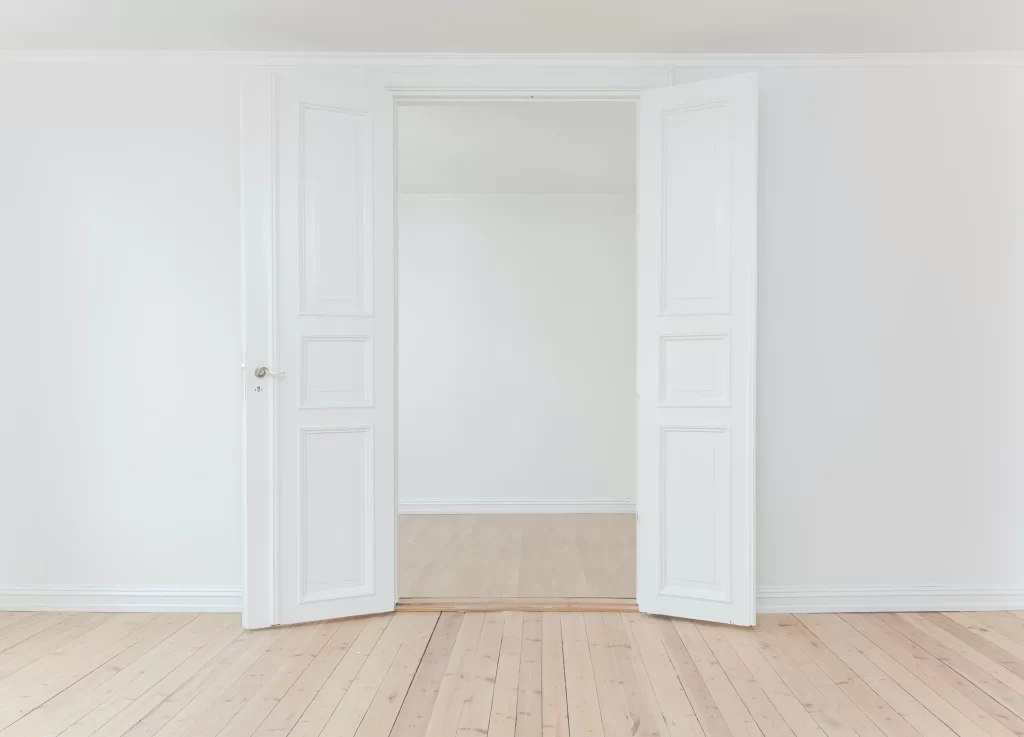
It’s hard to enjoy your beautiful, freshly painted home when all you can smell are those awful paint fumes.
And it’s not just unpleasant. Paint fumes can make it hard to breathe, trigger headaches and nausea, and irritate your eyes, among other side effects. Worse, the odour can linger long after the paint has dried.
The Rennaissance Painting process is designed to minimize those paint odours (we’ll break it down later in the article).
But for now, let’s talk about why paint smells in the first place, and how to get rid of those fumes as quickly and safely as possible.
Why Does Paint Smell?
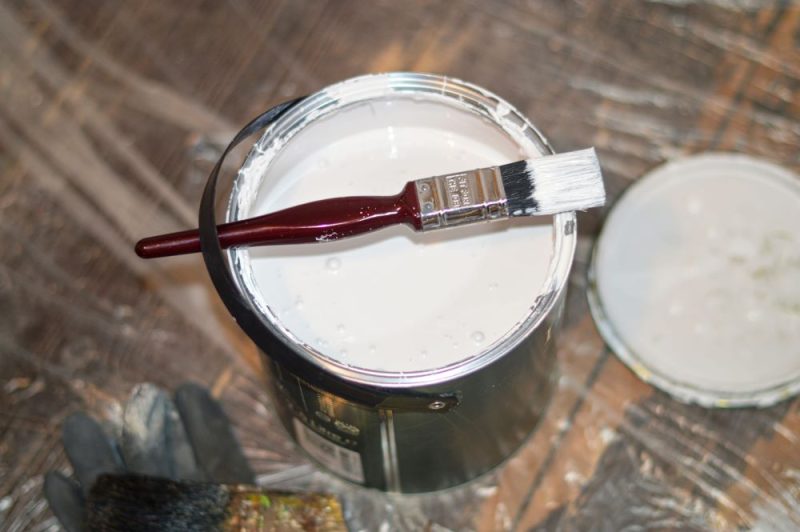
Most paints are mixed with solvents and other additives to maintain its liquid form. As the paint dries, the solvent – and any chemicals it contains – evaporates and emits fumes. Those fumes are what cause that “new paint” smell we’re so familiar with.
Unfortunately, some paint products (especially older formulations) contain harmful volatile organic compounds (VOCs), such as:
- Ethanol
- Glycol ethers
- Formaldehyde
- Acetone
- Benzene
- Trichloroethylene
Depending on the type of paint used, these fumes can linger anywhere from weeks to months inside your home.
Now, while paint can’t leave zero smells behind, there are several things you can do to speed up the process.
9 Safe & Easy Ways to Get Rid of Paint Smells
Each of the following methods is effective on its own, but they’re more powerful when combined:
1. Crank Up the Ventilation
The first and most effective way to get rid of paint odour is just to let the air circulate. It’s a one-two punch, pushing away lingering fumes while making the fresh coat of paint dry faster.
Don’t forget to turn off the air conditioning while you’re ventilating the room since the cool temperature can slow down the evaporation and drying process.
On the plus side, boosting the ventilation will keep your house cool and comfortable:
- Open all windows, doors, and other air vents in the painted space to allow fresh air in.
- Use a few fans near an open window or door to push out the paint vapours.
- Turn on your extractor fan or air purifiers, if available.
- Keep the windows open overnight, or until there’s still a lingering smell.
2. Use Baking Soda
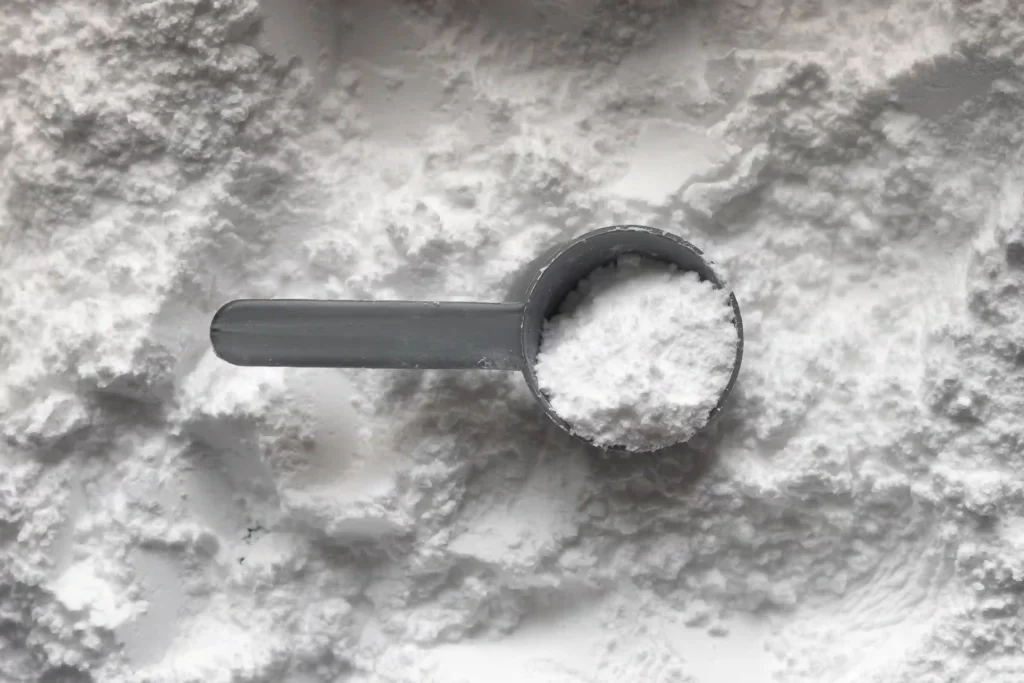
Baking soda, aka sodium bicarbonate, is excellent at neutralizing any strong paint smell due to its alkaline nature. It reacts with volatile organic compounds (VOCs) in paint, converting them into odourless salts.
- Fill several shallow bowls with baking soda.
- Distribute these bowls around the freshly painted room.
- Leave the baking soda overnight to absorb odours.
- If smells persist, empty the bowls and refill them with fresh baking soda.
- Dispose of the used baking soda.
You can also sprinkle them on carpets and other fabrics in the painted room, then vacuum the lot afterward.
3. Break Out the Water Buckets
Another way to naturally absorb paint odours is good ol’ water. Aside from getting rid of the paint smell, the water evaporation process keeps them from spreading further.
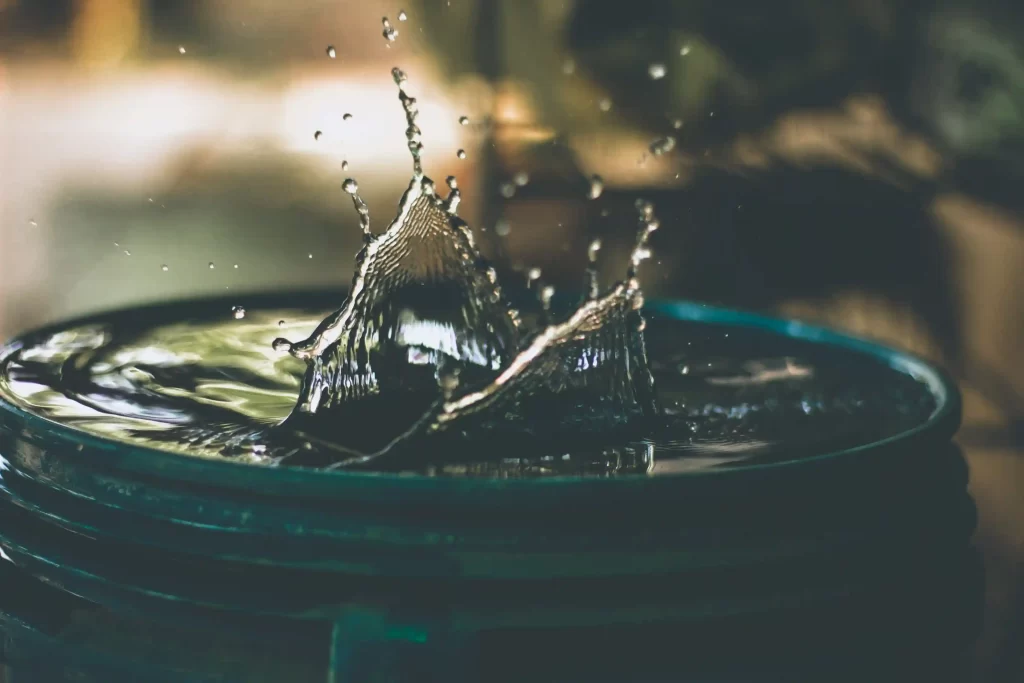
Do this:
- Fill a few buckets (or large bowls) with water.
- Place buckets around the newly painted room.
- Let them sit in the room overnight – this allows the water to evaporate and trap the VOCs.
- Refill as needed.
4. Leave Out Some Charcoal
Charcoal is a powerful odour-neutralizer and works for paint vapours, too. The magic lies in its adsorbent properties (not to be confused with absorption).
What happens is that odor-causing molecules like VOCs are attracted to the charcoal and stick to its surface, removing them from the air along with the smell.
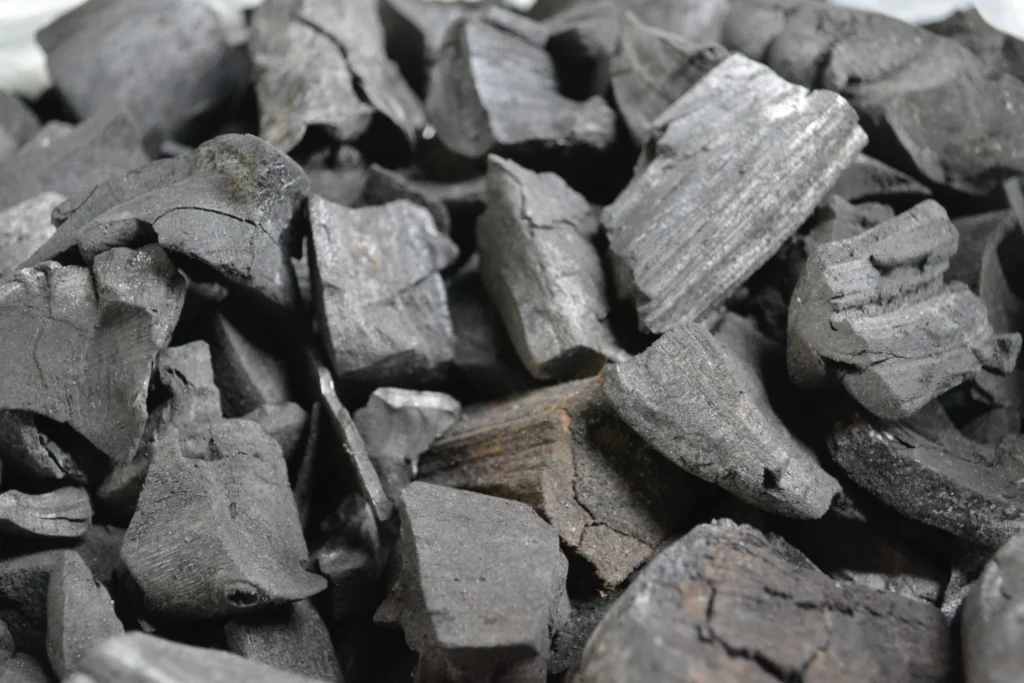
Any type of charcoal will do, like charcoal briquettes or powder. For even better results, though, we recommend going with activated charcoal, which is exposed to high heat to “activate” it.
This creates a network of pores throughout the surface, allowing it to adsorb even more bad odours and VOCs.
They’re also convenient – you can buy activated charcoal in little bags you can hang up, inside purifiers, in bead and gel form, etc.
No matter what type of charcoal you use, the method is the same. Place them throughout the room, keep them there for a few days (will also absorb smells besides paint), and change them out as needed.
5. Try Diatomaceous Earth
Diatomaceous earth comes from the fossilized remains of tiny, aquatic organisms called diatoms. Their skeletons are made of silica – yes, the same thing in those silica gel packets you see inside shoe boxes and food packaging.
The crushed formula of diatomaceous earth contains around 80%-90% silica, making it fantastic at absorbing any strong smell, including paint.
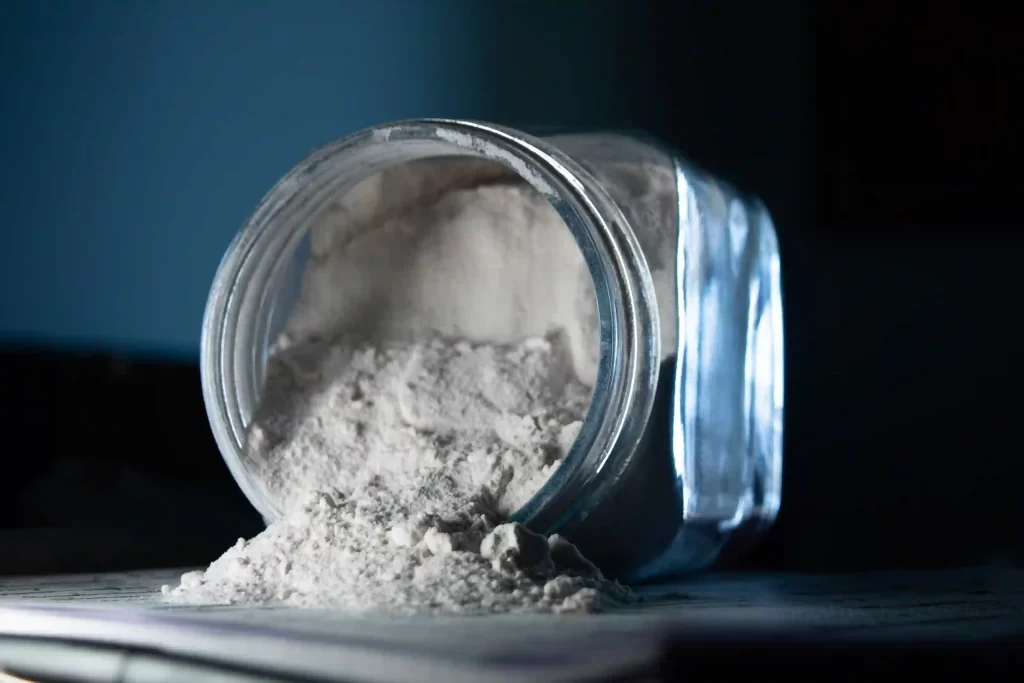
You can buy diatomaceous earth from hardware stores – it usually comes in the form of a chalky white powder. If you have pets around, go for food-grade diatomaceous earth just in case your furry friend tries to sneak a taste.
Pour the diatomaceous earth into shallow containers and let sit overnight to absorb the paint smell.
6. Fight the Fumes with Onion Slices
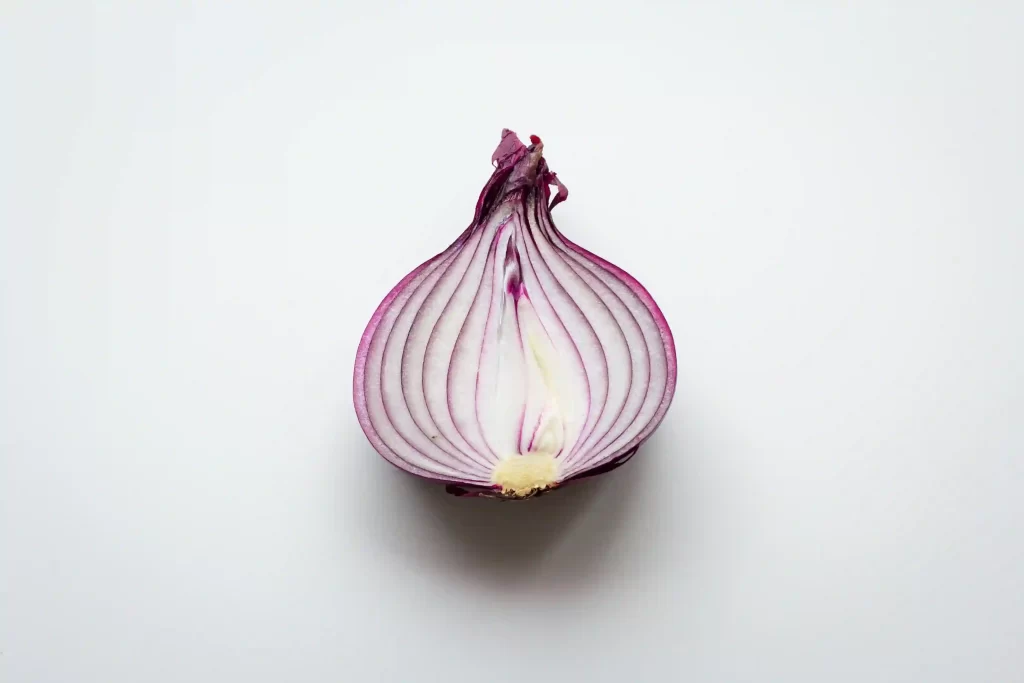
Yes, you read that right – onions. These delicious alliums contain chemicals that can help absorb and neutralize many types of odours, from musty basements to stinky shoes and paint.
Slice a bulb in half, place it in small bowls cut-side up, and distribute it inside the space. To mask the smell, place a cotton ball with a few drops of essential oils beside each onion.
7. Light Some Candles
The heat from a candle’s flame speeds up the evaporation of VOCs and burns off the compounds, reducing the overall smell of paint in a room.
As with any open flame, observe some safety precautions while using this method:
- Light several candles. You can also use scented ones if you prefer their smell.
- Place them on a stable surface, out of reach of children and pets.
- Make sure they’re away from any flammable materials.
- Let them burn for a few hours.
- Extinguish the candles before leaving the room or going to sleep.
- Never leave a candle unattended.
8. Spread Out Some Coffee Grounds
Coffee beans contain natural oils that absorb odours, and at the same time, it’ll fill the space with the aroma of fresh coffee. Win-win!
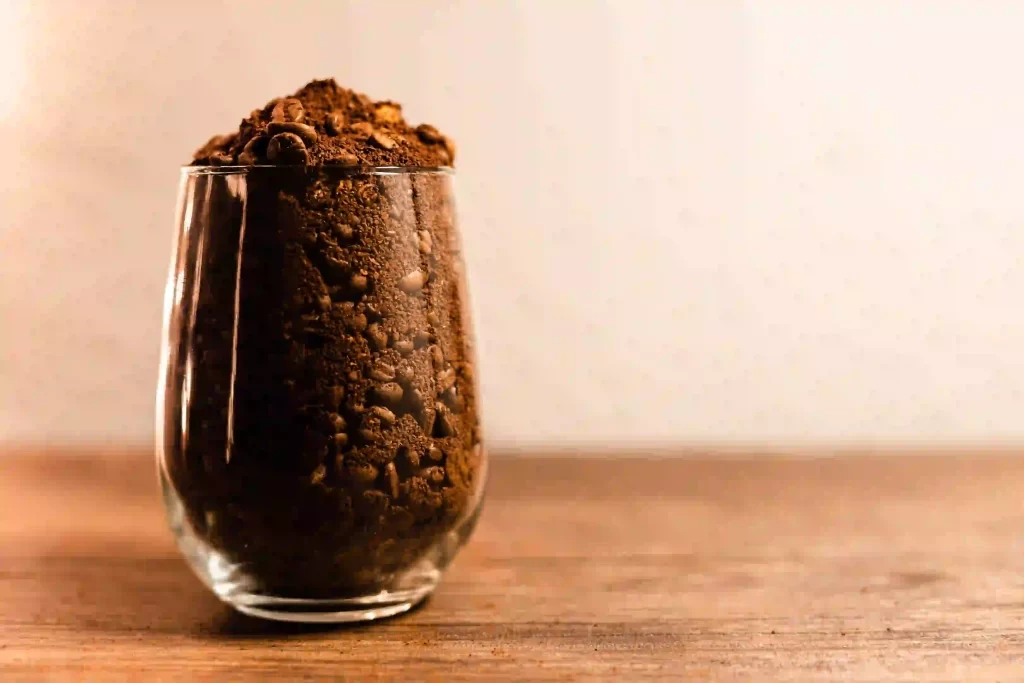
Some Vancouver cafes like Starbucks, Blenz, and JJ Bean give out their used coffee grounds for free, so check them out before purchasing your own.
Follow these steps once your coffee grounds are ready:
- Place fresh or used coffee grounds in several shallow bowls.
- Leave them around the painted room for a few days to absorb VOCs.
- Refill as needed.
9. Use Acids Like Lemon & Vinegar
Lemons and white vinegar, rich in citric and acetic acid respectively, can neutralize strong smells by reacting with VOCs. You can also use other acids like apple cider vinegar.
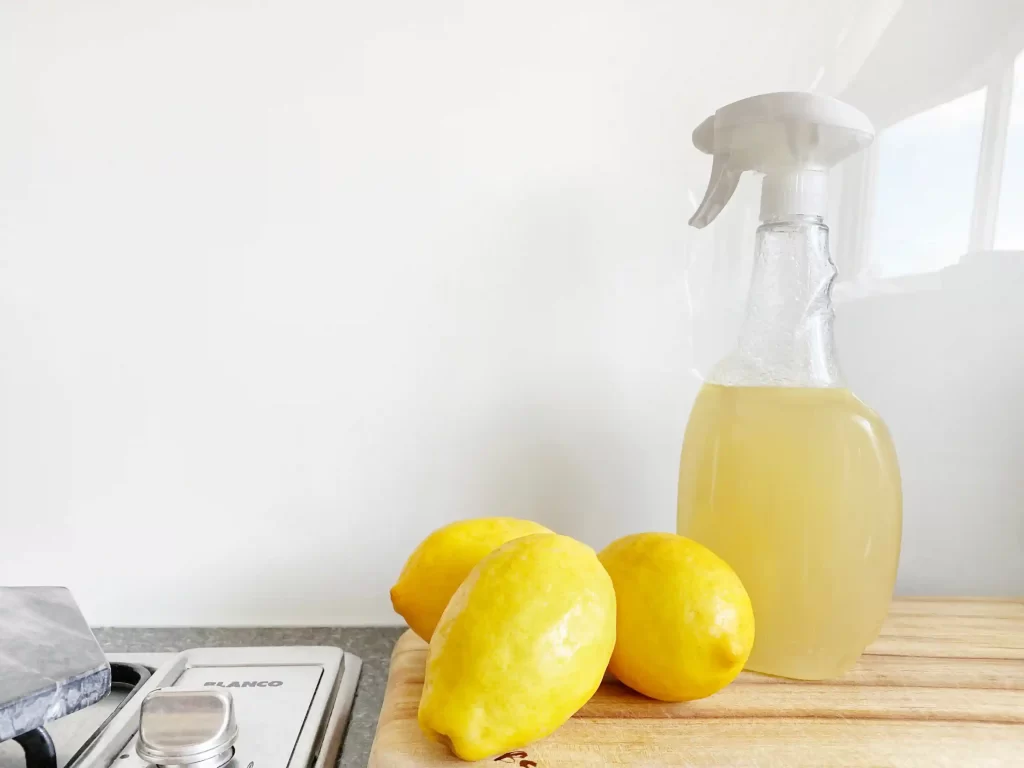
There are several ways to use lemons and white vinegar to fight paint fumes:
- Mix up lemon water and spray all over the painted room.
- Put lemon slices or vinegar in a few bowls and spread them all over the space.
- Simmer a pot of lemon water to quickly fill the whole house.
- Soak sponges in lemon juice or vinegar, then disperse them all over the room.
- Add a few drops of scented natural extracts to lemon water before spraying for a fresh scent.
- Hate the smell of vinegar? Put cotton balls with essential oils beside the vinegar to cover up the smell.
How We Minimize Paint Fumes at Rennaissance Painting
As Vancouver painting experts, we follow strict safety standards here at Rennaissance Painting. This includes a detailed painting protocol to minimize issues like paint fumes.
We’d love to discuss it with you personally, but in the meantime, here’s a quick rundown:
- Addressing Repairs: Before we start painting, we carefully inspect your space for mould, infestations, the quality of the previous paint job, and other issues. Our team can help you with these home repairs to create a safe canvas for the new paint.
- Low-Odor & Low-VOC Paint: We use Benjamin Moore and Sherwin-Williams paint products for our projects to drastically reduce the presence of VOCs in your home.
- Strategic Painting Schedule: We always check the weather forecast for optimal painting conditions.
- Clean-Up: After we’re done painting, our team will clean the area so it’s ready to use when you get home. This further reduces the presence of paint fumes inside the space.
- Post-Job Walkthrough: We’ll inspect the finished project with you, to make sure we got every detail right.
- Follow-Up: We will check in with you in 3 days, 3 weeks, and 3 months to see if you’re still happy with our work.
This blueprint allows us to monitor everything from paint fumes to the drying process and how your newly painted home looks.
Call Us Today
We’re sure you have more questions, so book your free consultation and we’ll be with you shortly.
In the meantime, please browse through our Painting Portfolio for inspiration.
You can also learn more about our services here:
FAQs
What can you use to absorb the paint smell?
Charcoal, baking soda, lemon, vinegar, onions, water, and diatomaceous earth are some of the best ways to absorb paint smell.
How do you get rid of paint smell fast?
Combine ventilation (fans, open windows, etc.) with odour-absorbing substances like activated charcoal and baking soda to get rid of paint smells faster.
Is it safe to sleep in a room with paint fumes?
It depends on the paint used. It’s not safe to sleep in a room with paint fumes from high-VOC products. This is particularly true for oil-based paint because it takes longer to dry and for the VOCs to dissipate.
Does vinegar reduce paint smell?
Yes, the acetic acid in vinegar products (e.g., apple cider vinegar, white vinegar) reacts with VOCs and reduces the paint smell.
How do you clean your lungs after painting?
First, stay away from areas with fresh paint and other chemical smells for a few days. Breathe in as much fresh and clean air as possible. Help your body flush out the paint compounds by drinking lots of water, eating nutritious foods, and exercising to sweat out those toxins.
How toxic is breathing in paint?
Again, it depends on the paint used. High-VOC paint fumes can be incredibly toxic both short- and long-term. As much as possible, go with low- or zero-VOC products to minimize exposure to these compounds.

